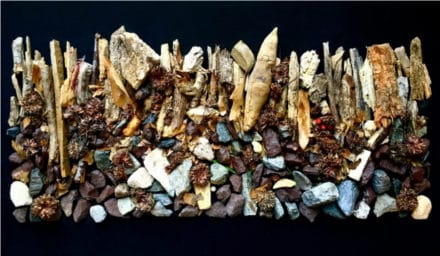
This question has been on my mind a lot these days, and it is getting tougher and tougher to answer. Most would agree that painting, sculpture, and drawing are forms of visual art, but what about animations of static drawings, and non-narrative films, and installations of cloth and PVC pipes and Venetian blinds? How much “augmentation” is required before a giclée becomes a new original work?
Other artistic disciplines don’t face this kind of defining challenge. With a novel or a piece of music, for example, the tools used to deliver the creative expression are different than the expression itself. Pen a song, and it exists independently of how it’s distributed. It’s the same song whether you listen to it via a website streaming service, on your car radio, or downloaded to your smartphone. With visual art, however, it’s often impossible to divorce the form of the expression from the vehicle that’s used to deliver it, and this inextricable link has frequently been used as a cudgel to browbeat visual artists. Instead of focusing on the work itself, people critique and analyze the tools and techniques that were employed to create it. Let me be clear: I’m not talking about style or genre. I’m talking about mechanics.
A Revolutionary at Work
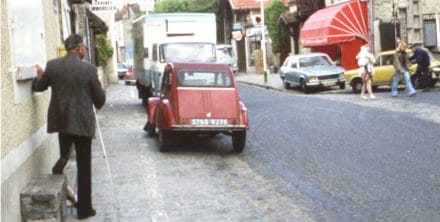
My father was derided for using photographs to develop the content of many of his paintings. “You have to paint from life!” said the chattering critics. Well, that’s ridiculous. How do you paint a chaotic flower market that’s located in the middle of a Paris roundabout? Should you plunk down your paint box and stool in the center of six lanes of traffic, only to be run over when the light turns green? No, what you do is wait for a pause in the traffic, run into the middle of the street, and take as many photos as you can before your daughter yells that the cars are coming again, you dart back to safety, and then repeat the whole scenario over and over again until you’ve gotten what you need.
Except for still lifes and small landscapes completed en plein air, all of Clark Hulings’ compositions were developed by combining elements from different locations, time periods, and his own imagination. Most would have been impossible to create without the extensive library of photographic source material that he acquired throughout his career (more than 97,000 images). To show us the world through his eyes, my father used tools and techniques that some did not appreciate. Should he have limited his ability to communicate by sticking to accepted practices?
Empty Pigeonholes
This quest to categorize and segment becomes more and more futile, as artists insist upon employing multiple tools simultaneously in all kinds of innovative ways. Mixed media is almost a given these days, and it is just the tip of the iceberg, as the tech sphere serves up previously unimaginable devices for creating art. Sculptors are using 3D printers, and two weeks ago The New York Times published an article about the so-called “Tilt Brush,” a Google product that makes it possible to draw in mid-air, creating images that can only be viewed through a virtual reality headset. Against such rapid evolution, traditional debates are barely relevant, and long-standing descriptors almost useless. We are not inventing new silos fast enough to keep pace. Our existing pigeonholes do not hold the creative output of today’s artists, and the new ones we build are obsolete upon completion. We are tilting at windmills.
For me, this matter moved to front and center in December, when I learned that the William and Sue Gross Family Foundation had awarded CHF an incredibly generous grant to support the Pensinger Photography Fund, the newest wing of our organization. Pensinger was created to identify, foster, and celebrate photographers of exceptional promise by delivering to them the same kinds of services we offer to other visual artists.
Now the challenge is to find a term for “other visual artists.” “Artists employing non-photographic media” is not really accurate (and also ridiculously long) because it does not allow for animations or the use of mixed media. “Painters, sculptors, and artists working on paper” is way too limiting; one of our 2017 fellows uses clothing to describe cultures, while another etches on metal and then punches holes in the same metal to produce two different images that intertwine. I have no adequate term, and with the exception of those times when I am forced to write grant guidelines or other collateral language that requires specific designations, I am very excited by my failure to find a label.
“What giants?” asked Sancho Panza.
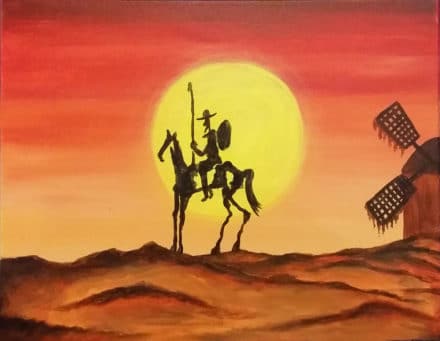
An artist’s job is to help us make sense of our world. It’s the “what” of their work that matters—the “how” is irrelevant. Why argue over an artist’s choice of tools, techniques, and media? Let artists decide how to express themselves most effectively, and instead focus on equipping them with the business and financial tools to evaluate their artistic choices within the confines of the industry. Then the market can decide what resonates and has value, and the artists can calibrate to generate revenue while still doing their job.
If artists are inspired by a new tool they feel is crucial to realizing their artistic vision, let them figure out how to finance its acquisition and market the work that results from its use. They need to be skilled at identifying people who will appreciate their work and convincing those people to purchase it. The only part of this that should matter to us is the end product: the effective communication of their vision. The reason we get hung up on labels, tools, practices, styles, etc., is because it is the only way for us to insert ourselves into the process. Can you imagine what we will all learn, how rich and beautiful our world will be, and how much greater our perspective of it, if we turn artists loose to earn a living using whatever means they choose, without stigma? Of course, some of us will have to find other ways to support ourselves.



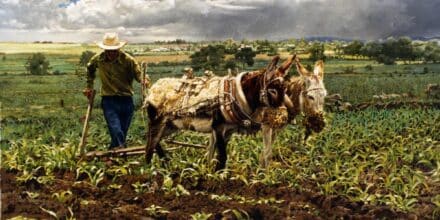
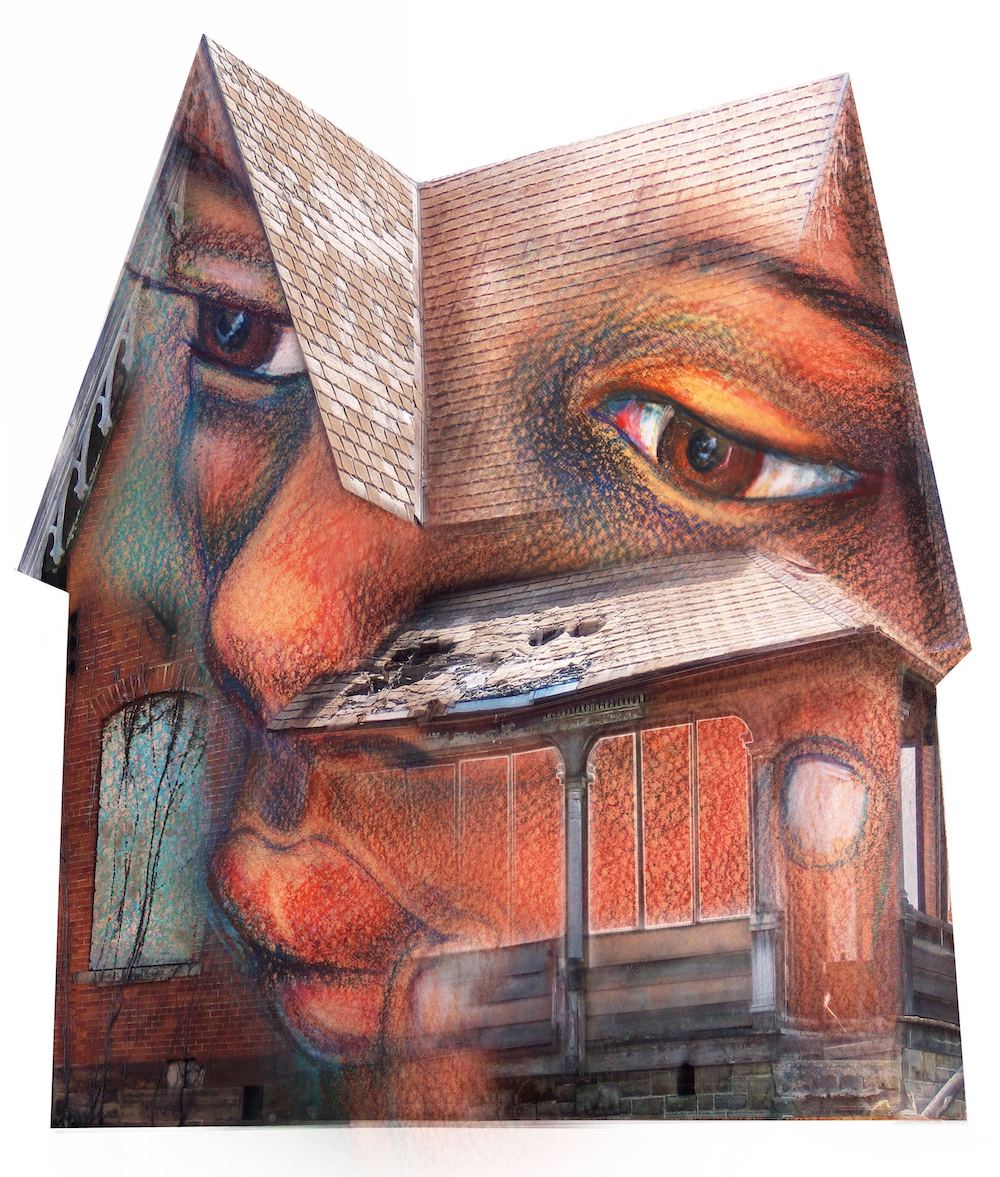

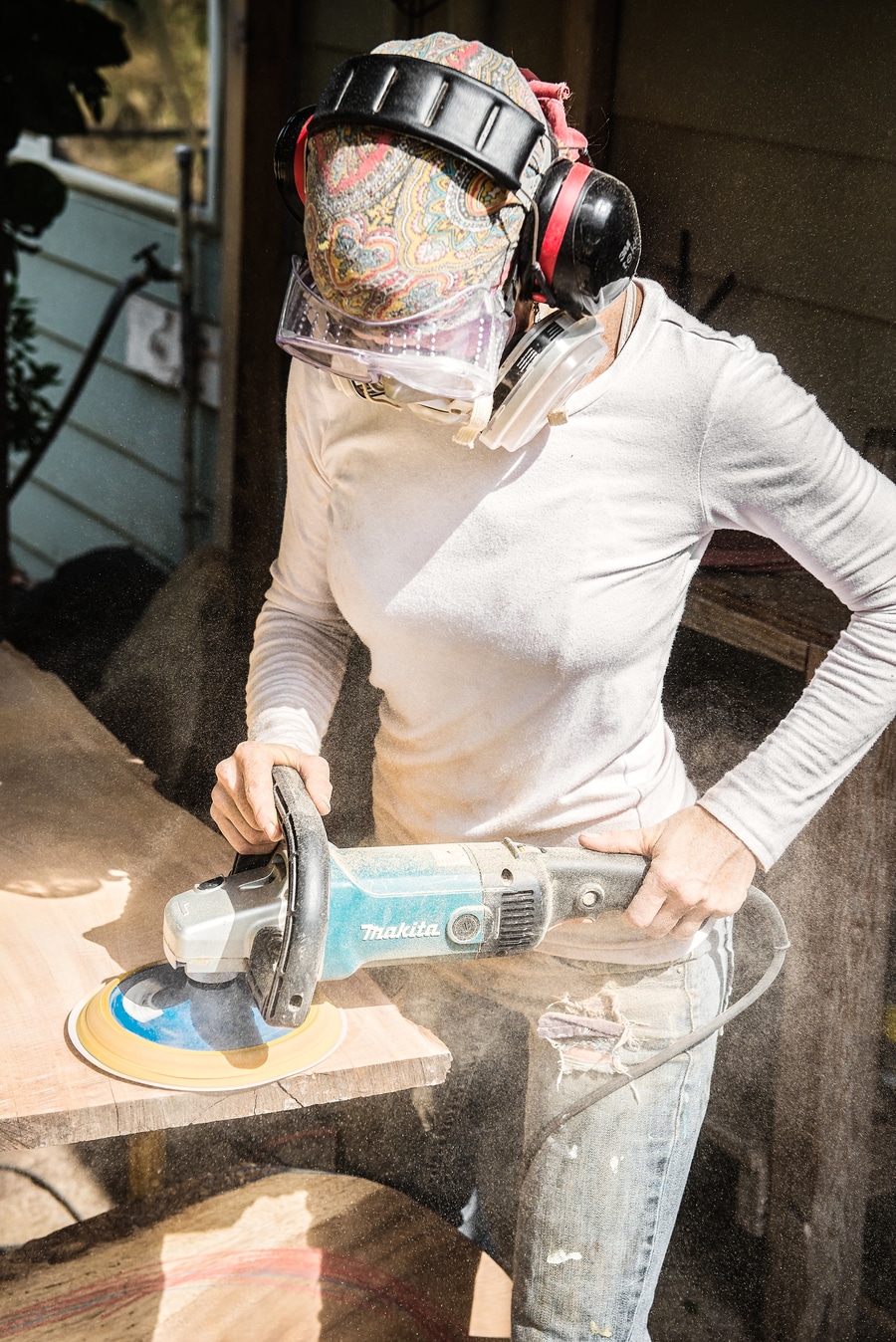

My name is Daniel Rowland. I am an airbrush artist and I recently wrote an book on basic Airbrushing Techniques. I also have an small group of business networking and I would love for you to share on our group
Hello Daniel, Thank you for your comment! Please email us at info@clarkhulingsfoundation.org, and we can discuss what you want to do in more detail. Thanks again, and we look forward to hearing from you!
Wonderful article and photos, Elizabeth! Thank you!